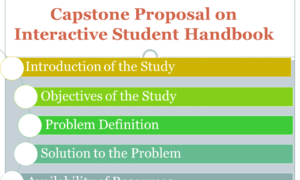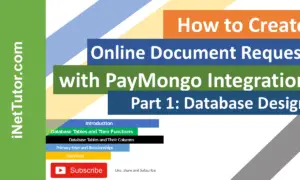Attendance System in PHP and MySQL User Interface
This article will provide you with the screen layouts or user interface for the system entitled attendance system. The said project was developed in PHP and MySQL for the backend and Bootstrap 4 admin template for the frontend of the system; the project is also available in Visual Basic and Visual Basi.Net.
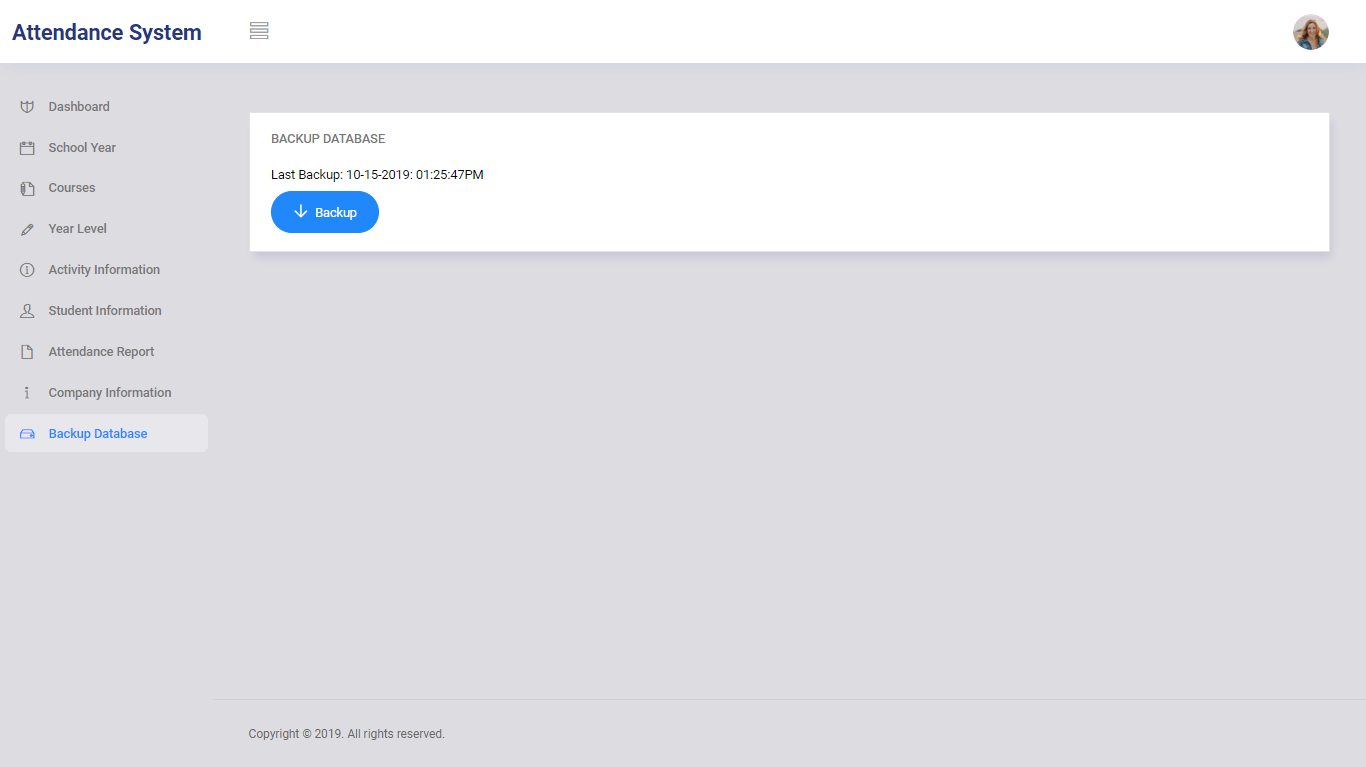
The link below will redirect you to the database design page of the system.
Literature
RELATED LITERATURE
Aquilan (2004) made a comparable thesis on the automation of time attendance that records the time in and time out of every employee using Key card system. It tends to eliminate the manual recording system of time and attendance and also include salary computation of each employee based on the time and attendance reports. Ramon Faloran (2005) wrote in the article “The Computer Edge of the New Employment and Opportunities “in the Philippine Daily Inquirer. He stated that computer gives you a different feeling about what is happening in the company. Business will be highly competitive and innovative because the computer provides instant information. Study by Cantoma (2004) in her thesis entitled “Computer Library System for St. James Academy” stated that, in manual system in retrieving, maintaining security and piling records take place because of the years gone by. Furthermore, these files were only kept in envelopes and folders in wooden rocks.
http://www.studymode.com/essays/Attendance-Monitoring-Using-Keycard-System-Chapter-904863.html
Dashboard
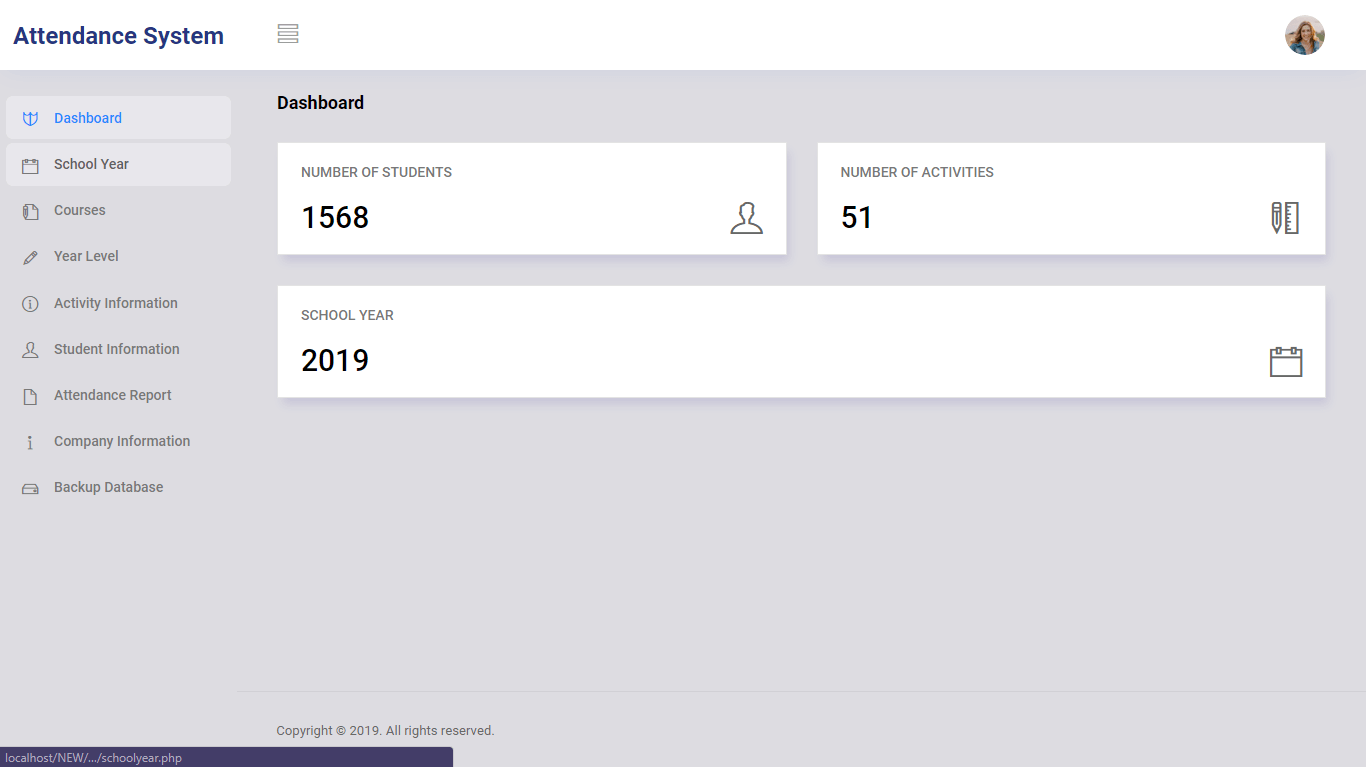
Module description: This module displays the number of students and number of activities in the present school year.
Table fields and entities: no of student, no of activities
School Year Encoding Module
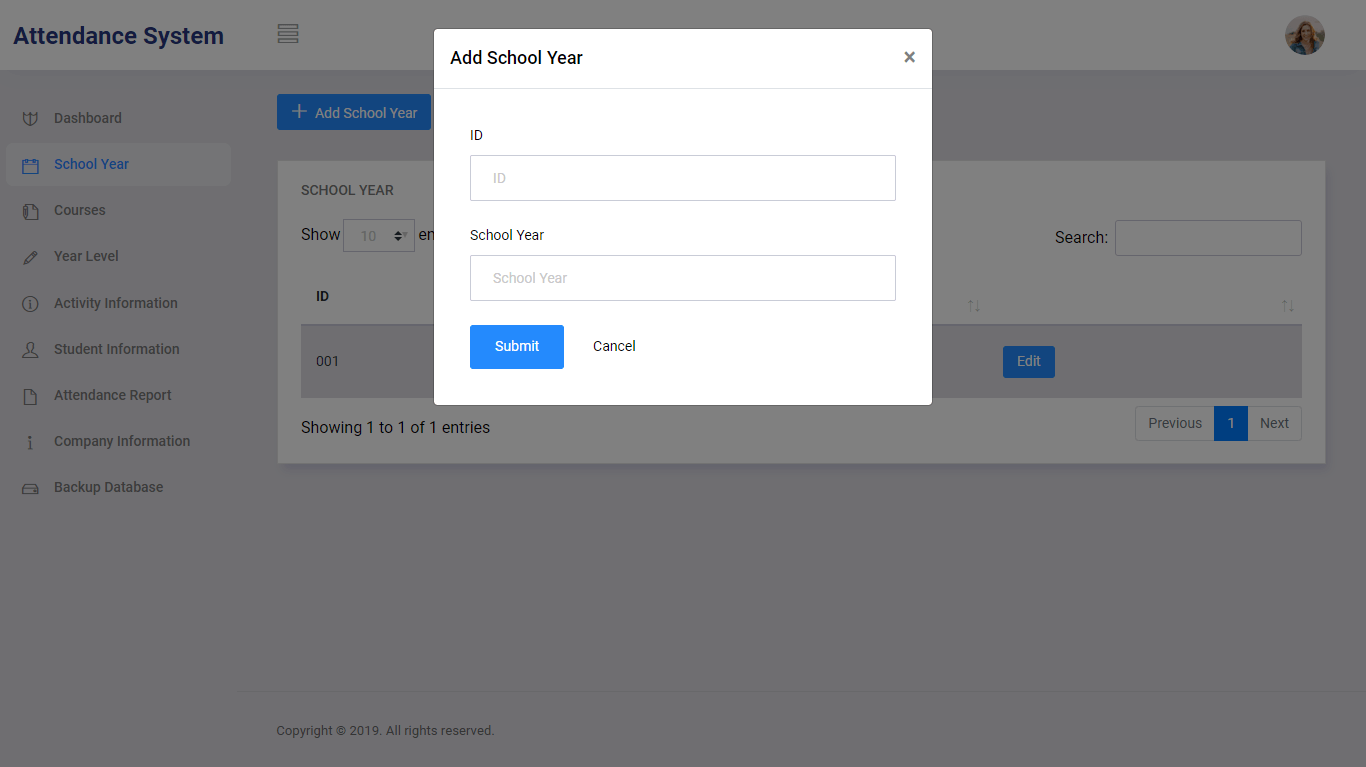
Module description: The user can add/edit school year.
Table fields and entities: id, schoolyear
Course Information Encoding Module
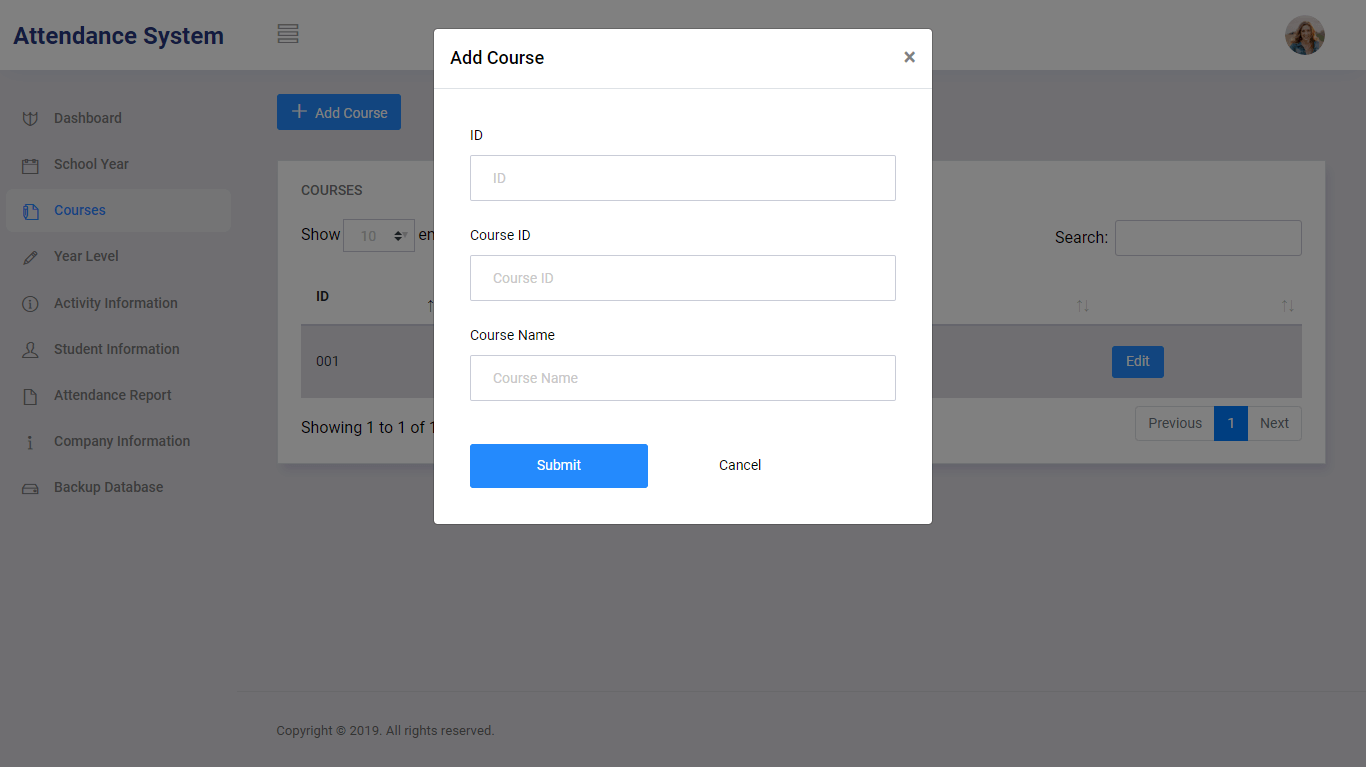
Module description: In this module the user can add/edit different courses available in the college/school.
Table fields and entities: id, coursecode, coursename
Year Level Encoding Module
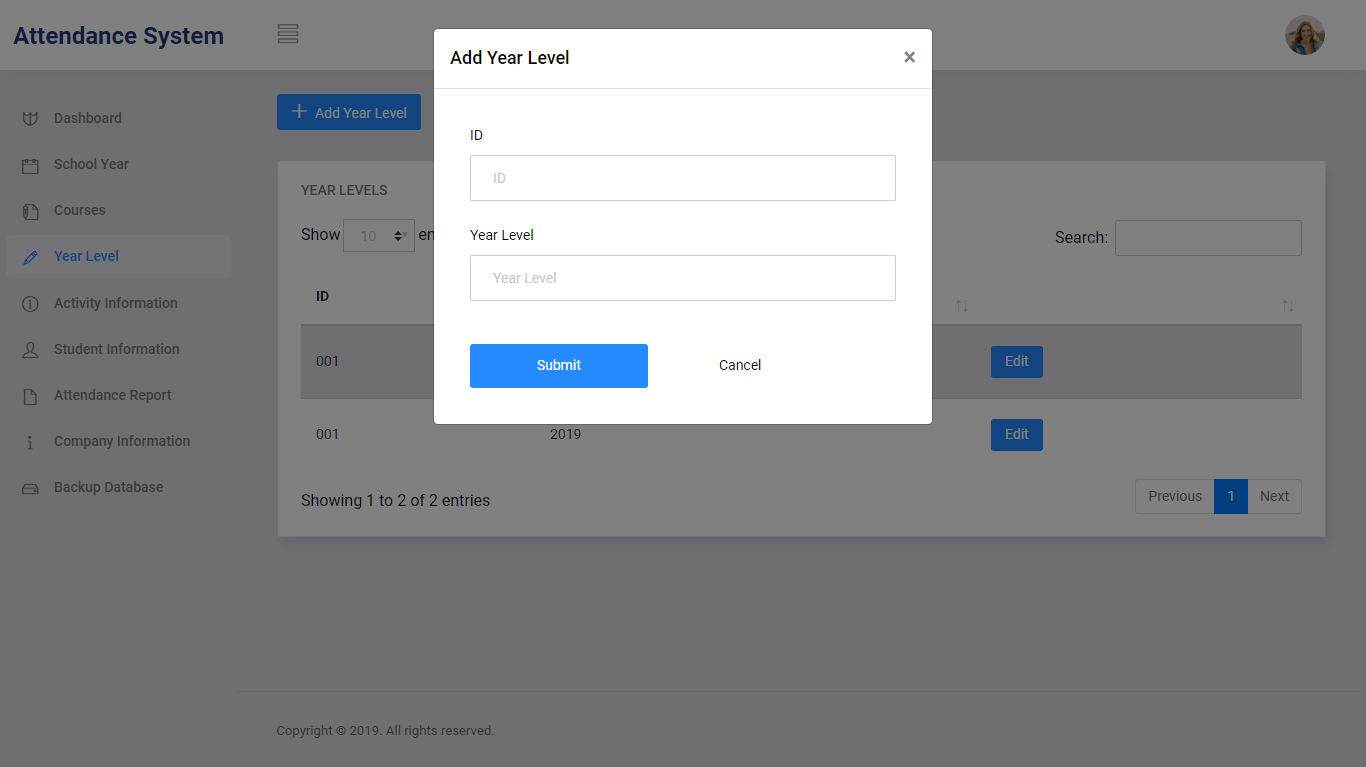
Module description: This module allows user to add/edit different year level.
Table fields and entities: id, yearlevel
Activity Information Encoding Module
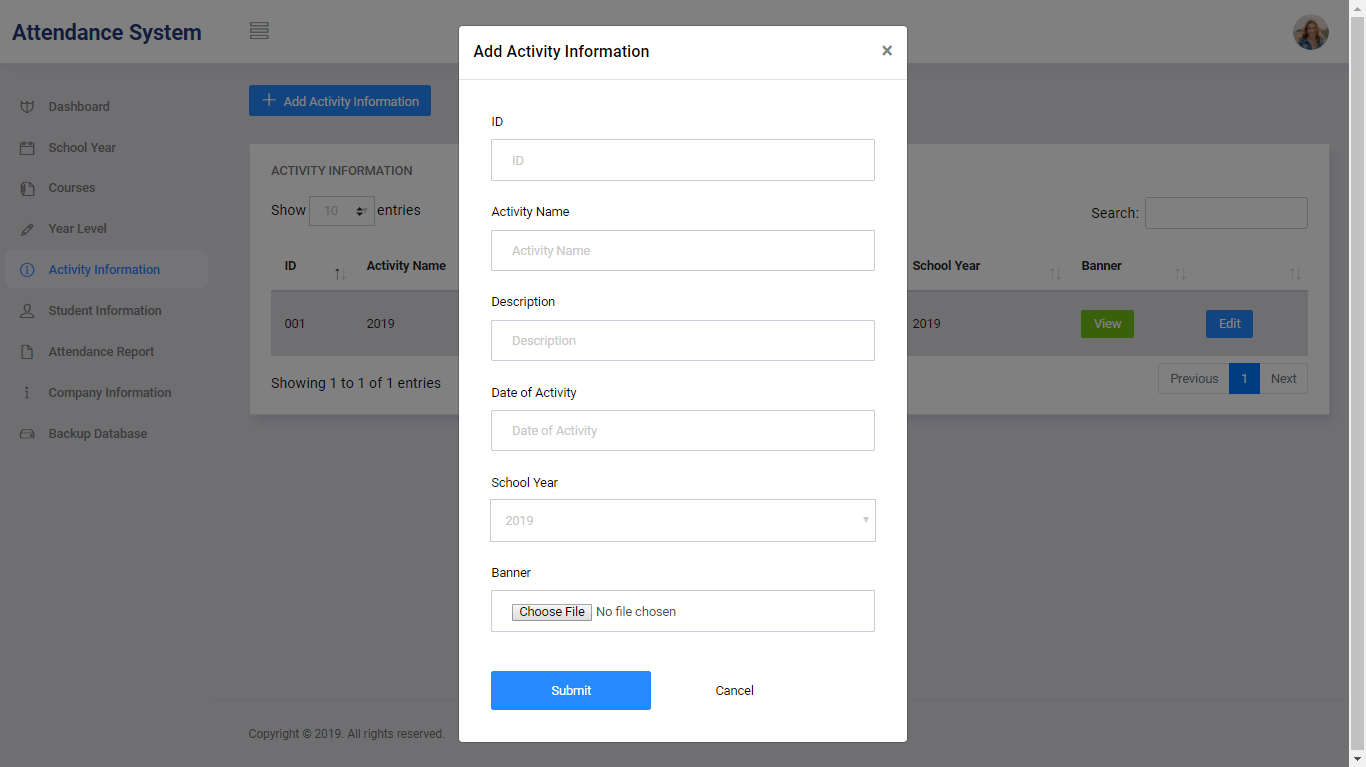
Module description: This module allows user to add/edit an activity. Details include activity name, description, date of activity, school year, and banner.
Table fields and entities: id, activityname, description, dateofactivity, schooyearid, banner
Student Information Encoding Module
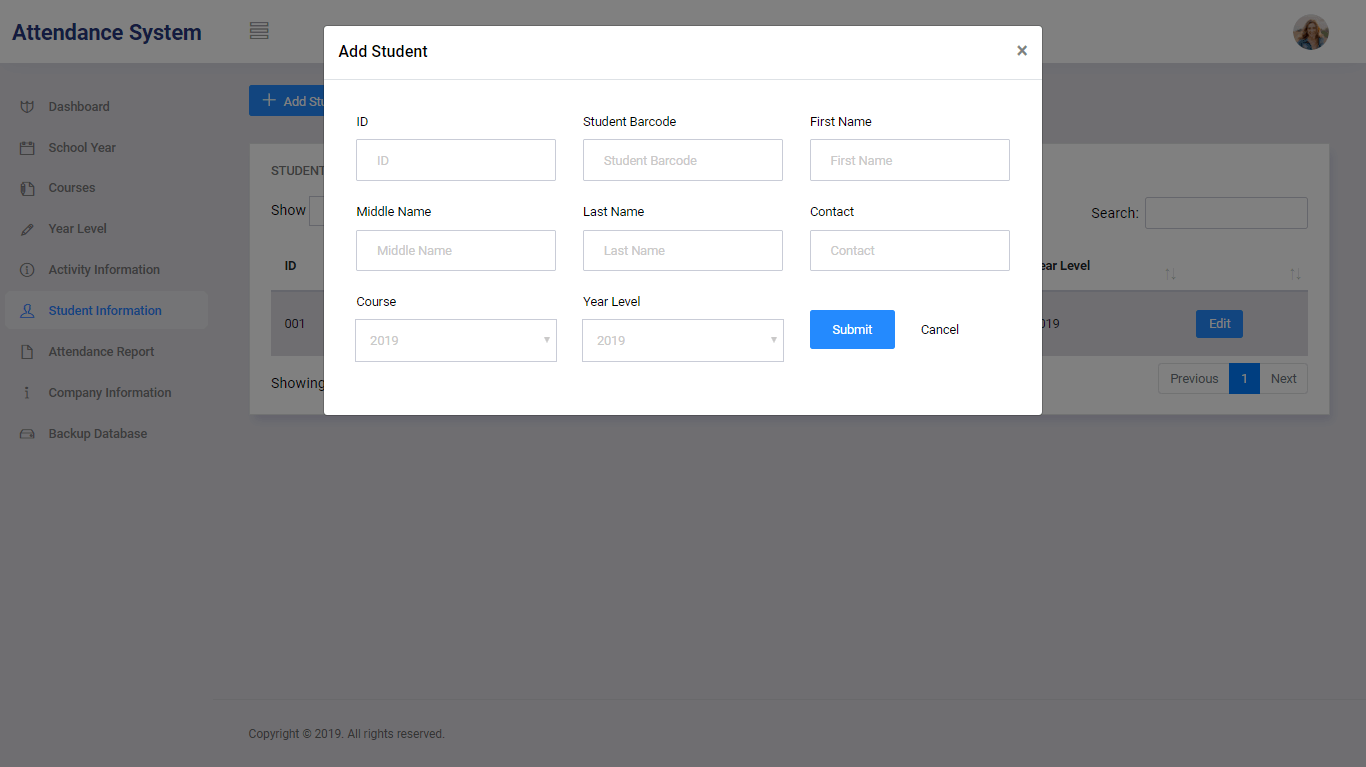
Module description: User can add/edit student information that includes student barcode, full name, contact number, course, and year level.
Table fields and entities: id, studentbarcode, lastname, middlename, firstname, contact, courseid, yearlevelid
Attendance Report Module
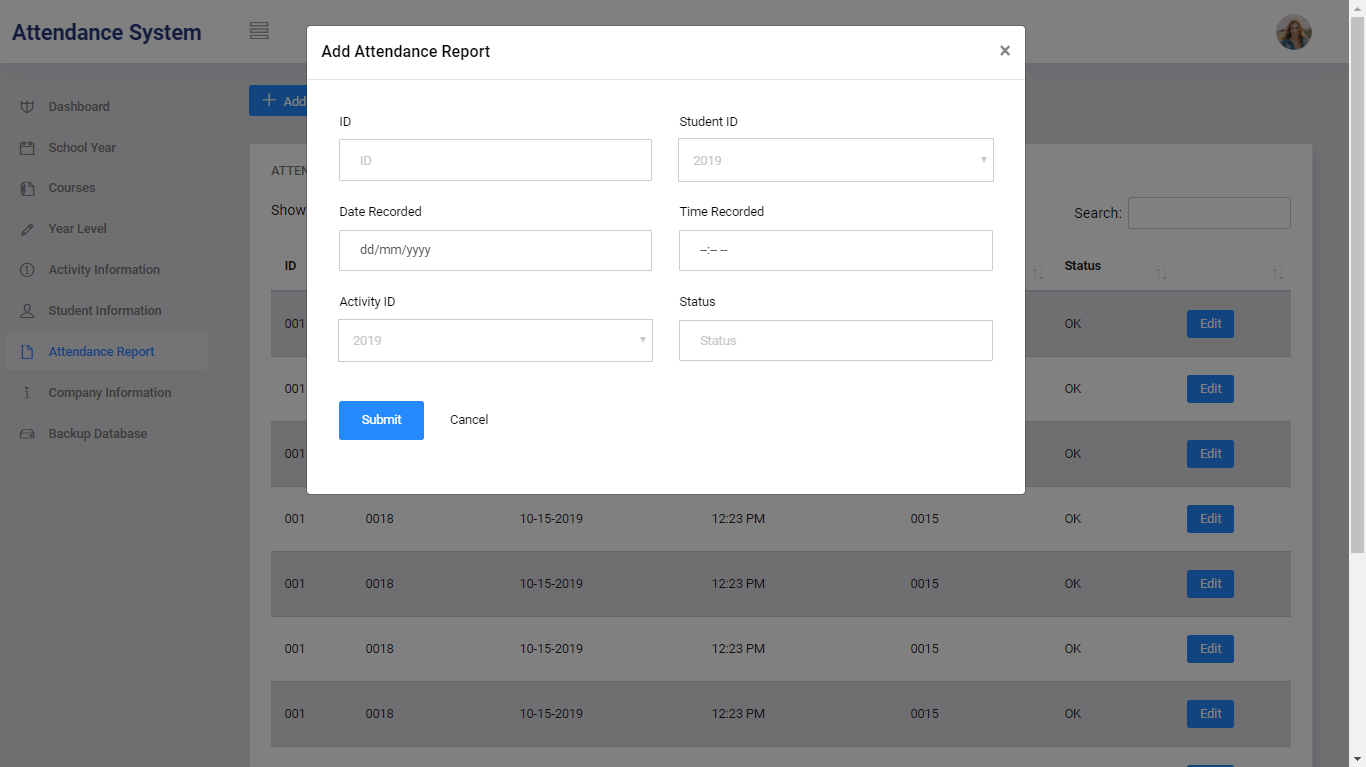
Module description: This module allows the user to encode, edit, or print attendance report such as student ID, date and time recorded, activity, and the status of the report.
Table fields and entities: id, studentid, daterecorded, timerecorded, activityid, status
Company Information Module
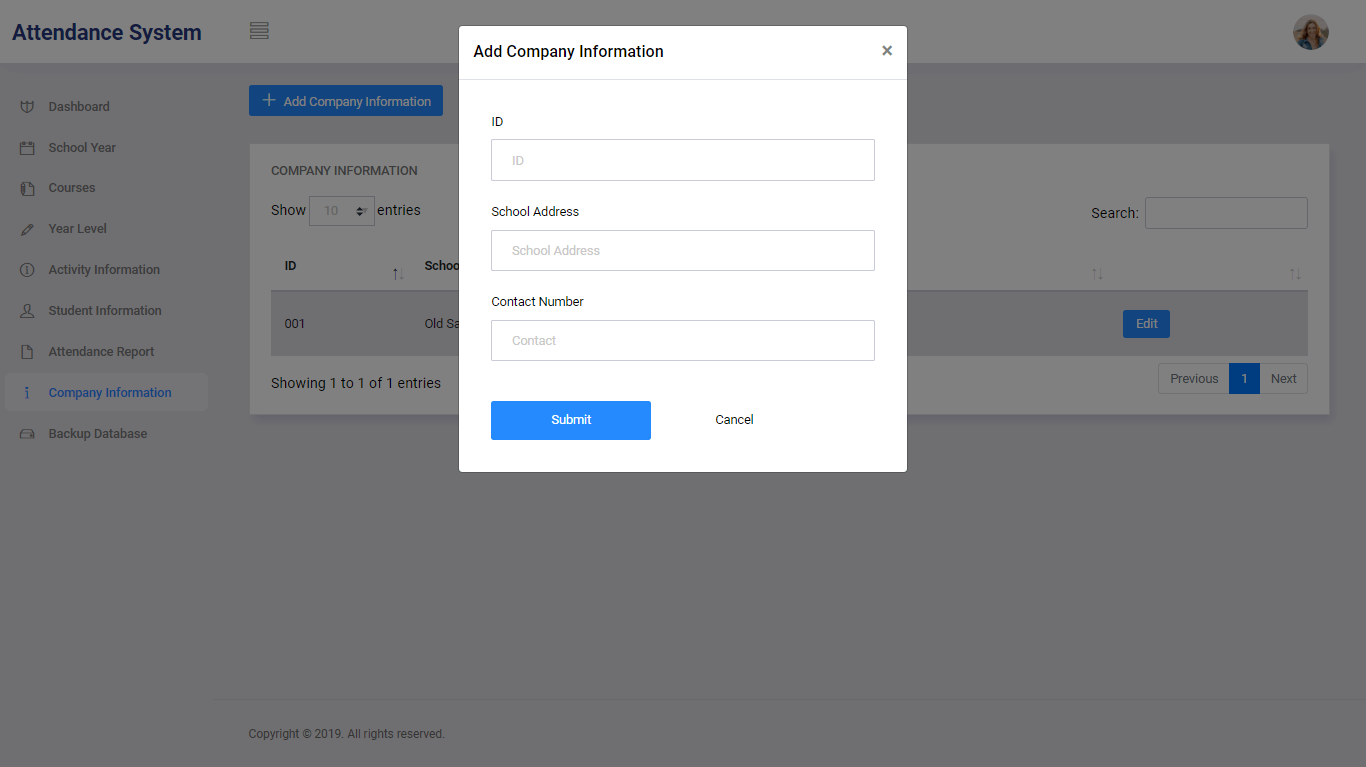
Module description: This module allows the user to input/edit the company/school information.
Table fields and entities: id, school, address, contact
User Information Encoding Module (id, fullname, username, password, usertype)
Database Backup Form

Module description: This module allows the user to download the systems database for backup purposes.

System-based Methodology
Requirements gathering and analysis. In this stage, the researcher gathered information and requirements needed for the development of the proposed system and who are the target users during the deployment, and it also determined the workflow of the system and how it works regarding the needs of the client.
Architecture Design. In this stage, the researchers determined the framework of a system to meet the specific requirement of the client, the external interfaces and tools used in the project can be determined by the developer and designer.
Coding. In this stage, the researchers started creating a source code of the software based on the architecture design and client recommendation.
Testing. In this stage, the researchers analyzed the result during the initial testing and user’s acceptance testing and determined whether the software meets the specific needs of the client, and it measured the quality of the system based on the reliability, speed and efficiency.
Deployment. In this phase, the researchers conducted training and demonstration on how to use the to the target users of the system.
Operation and Maintenance. In this phase, the researchers gathered feedback on the operation and functionalities of the system and apply updates. A review was implemented to determine whether the project can proceed in the next stage.
Recommendations
Based on the conclusions drawn, the following recommendations were given:
- The school may consider implementing the system in order to monitor the students logging in and out;
- Implementation of the system will help minimize the cutting and skipping of classes by the students;
- It is also recommended, that similar study may be conducted to further assess the effectiveness and usefulness of the system.
You may visit our Facebook page for more information, inquiries, and comments. Please subscribe also to our YouTube Channel to receive free capstone projects resources and computer programming tutorials.
Hire our team to do the project.
